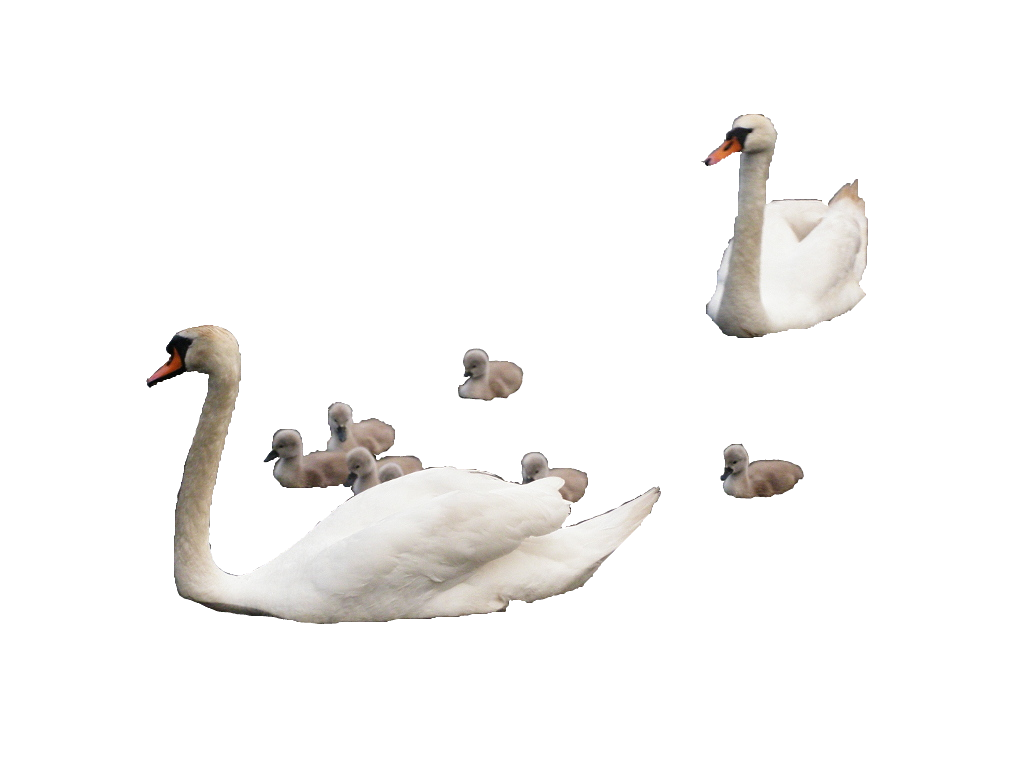
You are here
1.3. Spatial planning

Live you do together. Therefore, the space is re-organised into residential villages and shopping centres which are clustered around village centres and city-centres that accommodate all necessary facilities under one roof. The green ring- and main traffic roads that connect the city centres and residential villages together lead to agriculture and natural areas that make the transition to other residential area and habitats.

1.3.1. Residental villages.
You don't live alone. To promote community spirit, houses are built around a village centre.
In the village centre in one building all kinds of facilities are available. On the ground floor: shops for basic needs and restaurants. On the next floor(s) the physical and mental help, village police, firefighters, municipal affairs and sports venues have been located. On the next following floor is the research, the development centre, the library, the innovation platform and business meeting rooms. And on the top floor a philosophical space where lectures are held, annex, room for religion, concert hall and theater, art locations and exhibition rooms.
Around the village centre is, like a hill-shaped village, a green space [village square] with decorate paving, planting, grass, trees, play areas for small children, market area, sitting areas and outdoor sport venues. Around it is the ring road for bike paths, cars and bus lane.
The houses are built in clusters around the village centre. These clusters consist of a diversity of housing types for every age and lifestyle tastes.
Between the village clusters goes green roads for cars, bike paths and bus lanes.
The outer ring of the residential village consists of a ring road for bike lanes, cars and bus lane, surrounded by lush green parklands that simultaneously connects the residential clusters from the adjoining residential villages. The residential villages are not too large.
The character of existing residential towns is retained. Where possible and desirable, on full preservation of its historic features, elements of the village-centre-living shall be fit in.

1.3.2. City centre
The shopping centre forms the heart of the city. Here, too, the city-centre [classification as village centre above] forms the heart of the city. The structure is similar to the residential villages. Only here, instead of outdoor sports installations, etc., various shopping and entertainment venues are established around the town square. Surrounded by the ring again for bike paths, cars and bus lane.
The various types of large-scale activities, cultural facilities, health care, education institutes and municipal services are housed in several clusters around the centre.
Again green roads for cars, bike paths and bus lanes between the city clusters.
The outer city ring again consists of a ring road for cars, bike lanes and bus lanes, surrounded by lush green parklands. This forms the connection with the various residential towns.
The character of existing city centres will be maintained. Where possible and desirable, elements of the city-centre-living will be fit in, without loss of historic features.

1.3.3. City & country
Rural areas become a bridging role from one urban area into another. In these areas agriculture, wildlife parks, recreation and nature areas are clustered.

